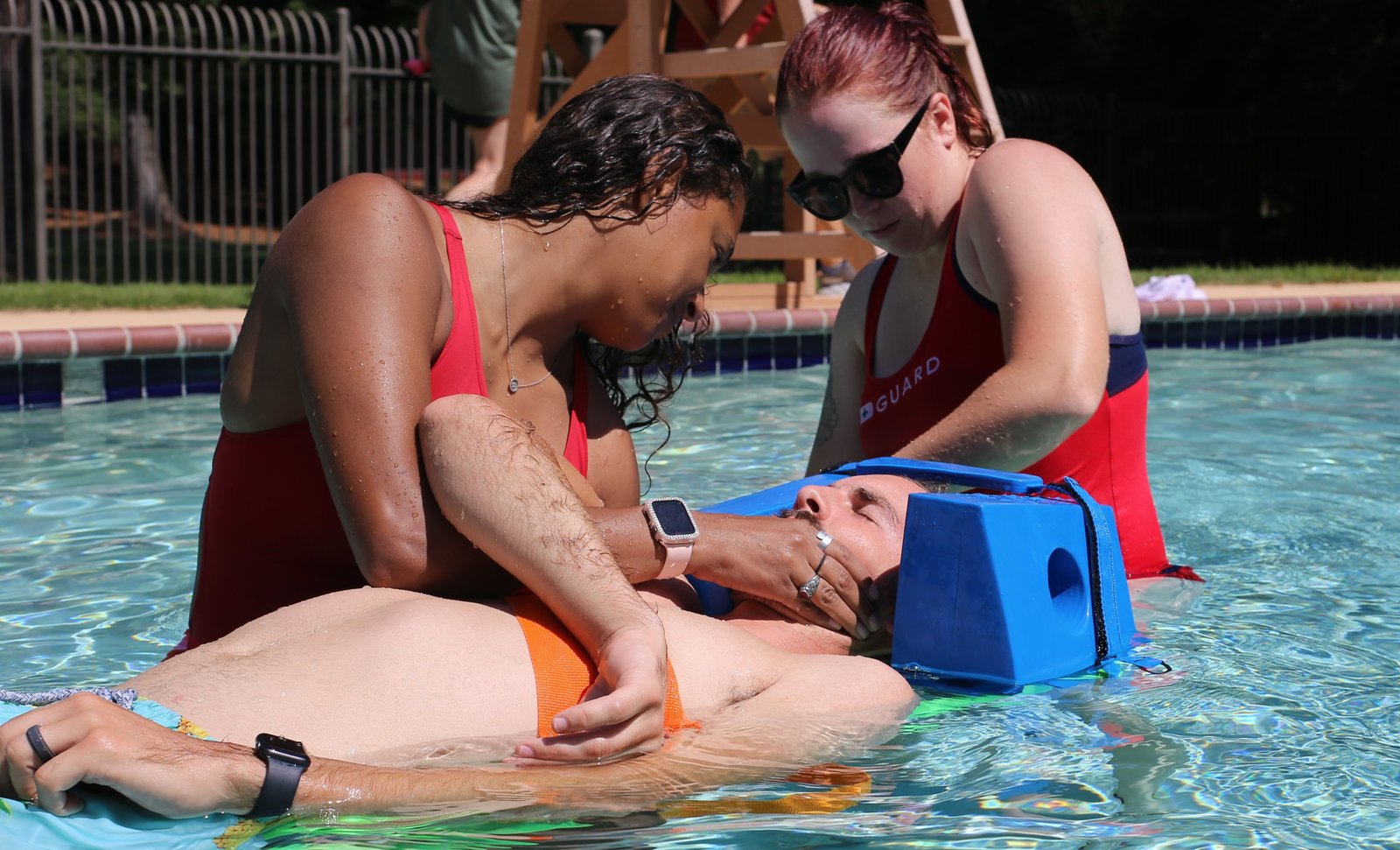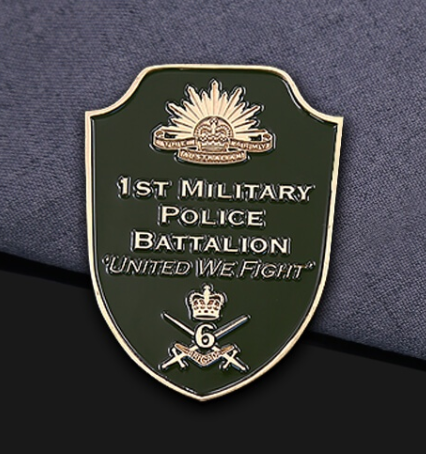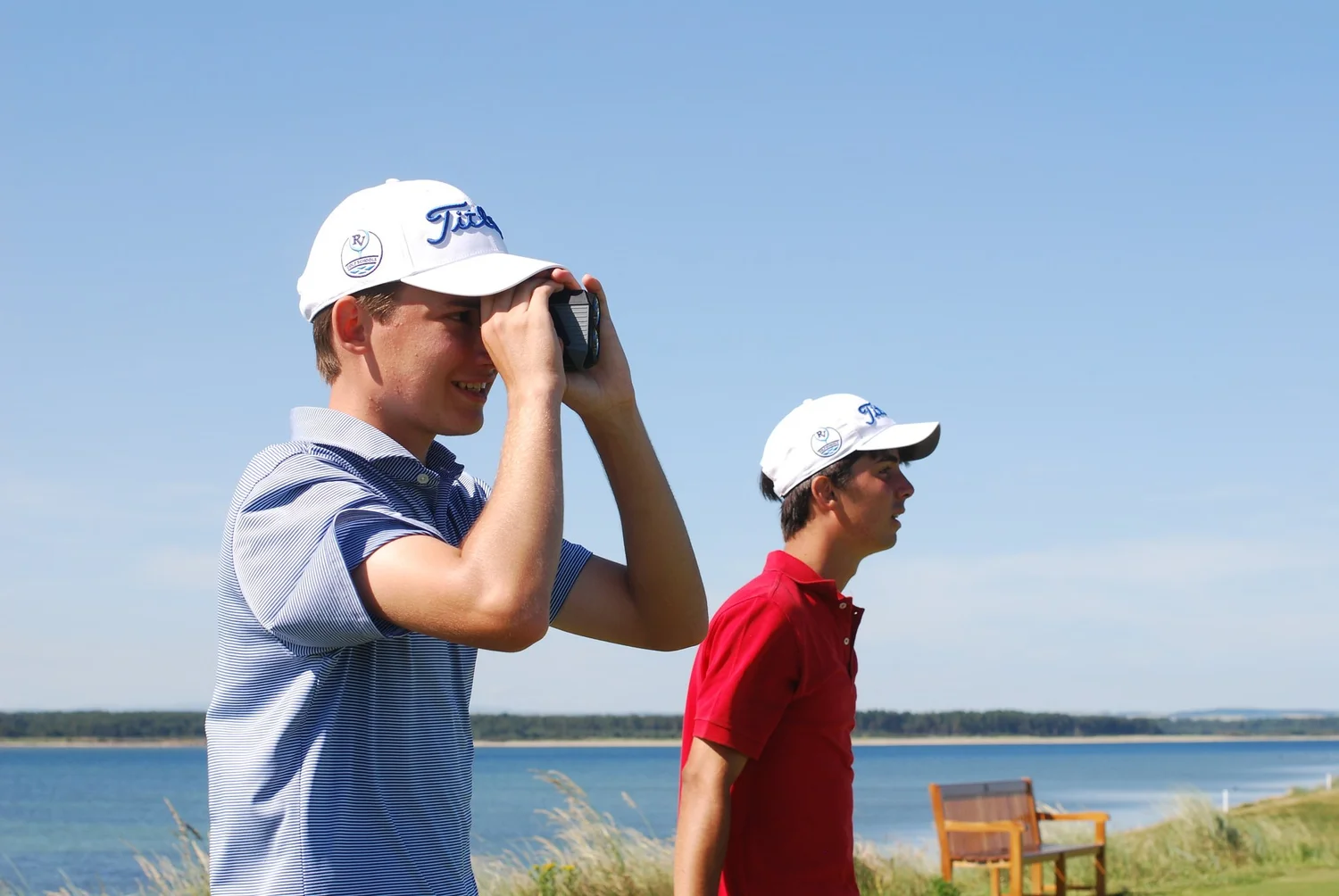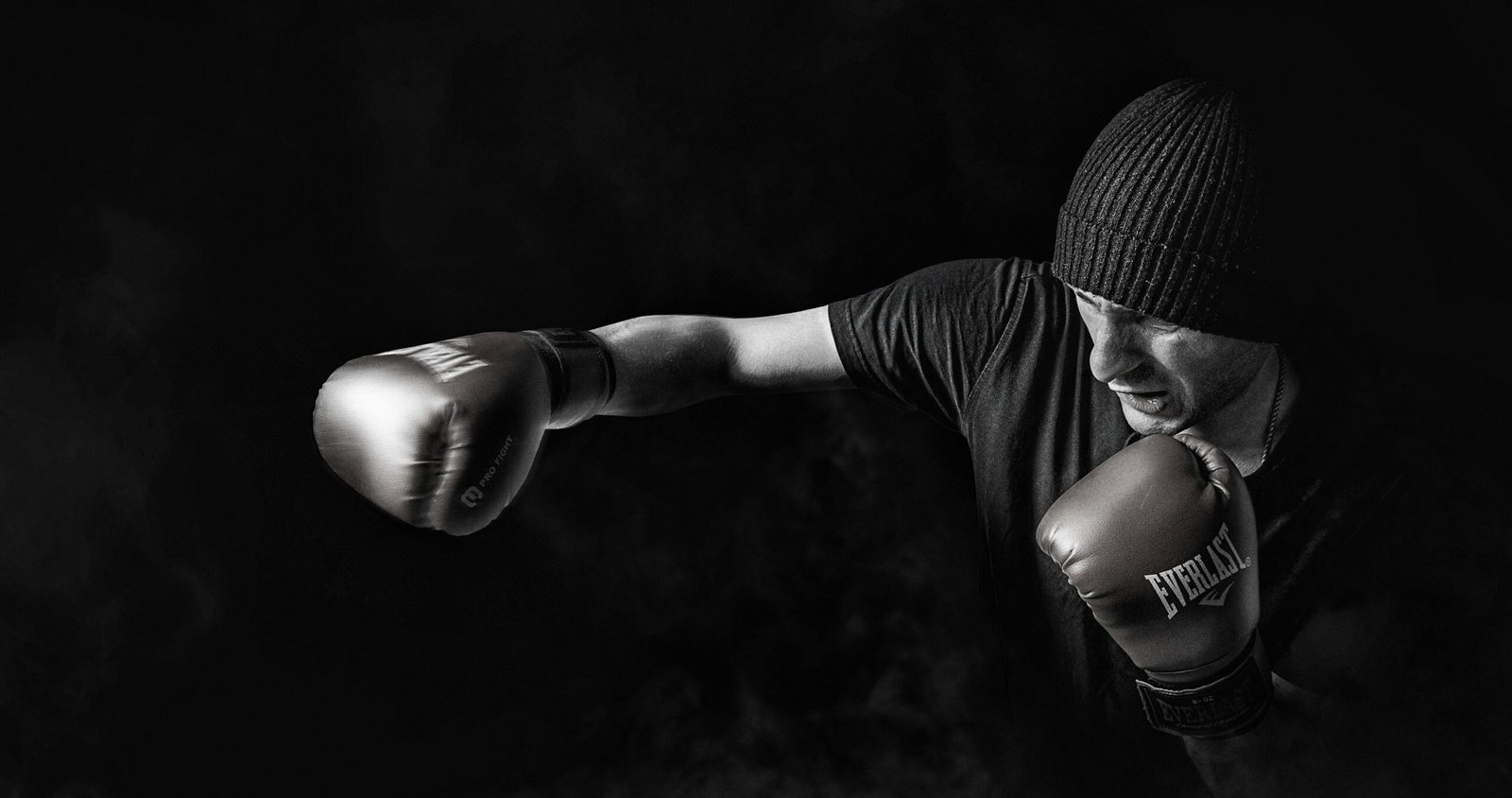There is nothing better than a lifeguard company par excellence to explain how to act in emergencies . Yes, the presence of an aquatic lifeguard , as well as the correct application of the different lifeguard techniques , are essential to guarantee the safety and well-being of people.
To do this, it is necessary to have a deep understanding of the role of the lifeguard and the essential first aid practices that they must master. This knowledge can make a difference in critical moments and bring countless advantages, both for the people and for the companies that hire these services.
The importance of the lifeguard in aquatic environments
The role of a lifeguard goes beyond being a simple aquatic lifeguard. On beaches, swimming pools and water parks, their presence is essential to prevent accidents and respond efficiently in case of emergencies or unexpected rescues .
In fact, training in a lifeguard course prepares you to identify risky situations. It also helps you to carry out aquatic rescues and administer first aid, thus contributing to the general safety of aquatic environments.
Lifeguard training: How should a professional prepare in this area?
The training of a lifeguard is much more complex than it seems and must address both theoretical and practical aspects . During a lifeguard refresher course , participants acquire new swimming skills, rescue techniques, first aid knowledge and the handling of specific equipment.
The certification obtained upon successful completion of the course validates the lifeguard’s preparation. He or she will be able to intervene in critical situations and apply first aid in a timely and appropriate manner. At the same time, he or she learns to master all the equipment required by a lifeguard .
Lifeguard Course: Acquiring the Necessary Skills
The professional training in a lifeguard course is structured to provide detailed knowledge on:
- Rescue techniques.
- Cardiopulmonary resuscitation (CPR).
- First aid.
- Occupational risk prevention.
- Water rescue.
Participants practice simulated emergency scenarios, improving their skills and developing the confidence needed to act in real situations. It is best to prepare with specialized companies such as Socorristas Mayday , where we offer you the best training plans.
First aid goes beyond rescue
It is important to note that lifeguard involves more than the ability to perform an effective rescue. These professionals also play a crucial role in prevention, educating the public about safe practices in aquatic environments .
In addition, their work includes active surveillance to detect potential risks and proactive management of situations that could become emergencies.
First aid in lifeguarding
First aid training in a lifeguard course involves a series of rapid and effective interventions. They are intended to preserve life, prevent complications and promote recovery of a person who has experienced an emergency in the aquatic or bathing area environment.
This aspect is critical for first responders, as their immediate actions can make the difference between life and death .
Basic principles of first aid
First aid basics are essential fundamentals that guide a first responder’s initial response to an emergency.
- These principles are based on the premise of acting quickly and safely to minimize damage and maximize the chances of recovery.
- Initial assessment of the scene is essential . Before intervening, the rescuer must ensure that the scene is safe for both the victim and themselves.
- Identifying potential hazards , such as strong currents or toxic elements, is important before beginning any intervention.
- Next, an assessment of the victim’s state of consciousness is necessary . This helps determine the need to call for additional help and plan the response. A conscious victim may need emotional support and counseling, while an unconscious victim will require urgent medical attention.
Another crucial principle is the chain of survival, which applies especially in cases of cardiac arrest . This chain includes rapid identification, activation of emergency services, immediate CPR and early defibrillation. The rapid application of these links can significantly increase the chances of survival.
Specific procedures for aquatic emergencies
Aquatic emergencies present unique challenges that require specific procedures.
- When faced with a drowning, for example, the rescuer must act quickly and accurately . Safe removal of water from the airway is vital. This is followed by checking for breathing and applying CPR if necessary.
- In cases of aquatic injuries, such as fractures or dislocations, the lifeguard must immobilize the affected area and provide support until medical help arrives. Stabilizing the spine and controlling bleeding are key aspects of this intervention.
- In prolonged immersion events, secondary immersion syndrome can pose a serious threat. The rescuer should pay attention to signs such as difficulty breathing, confusion and extreme fatigue.
- It is essential for the aquatic rescuer to know how to ask for help from those around him, organize external help and take a backseat when a more qualified professional can take charge of an emergency situation.
These principles and procedures provide a solid framework for training in a lifeguard course to respond effectively in aquatic emergency situations. Careful application of these fundamentals ensures proper care and can ultimately save lives.
Lifeguard Equipment: Intervention Tools
A lifeguard’s equipment is an integral part of their ability to respond effectively in aquatic emergency situations. Each tool plays a specific role in providing first aid that a lifeguard can apply. Here are some essential items of equipment:
Flopy or rescue buoy
They are essential tools for approaching a victim in the water quickly and safely. They are usually made of strong but flexible materials and provide additional support to the rescuer during the rescue. These materials are mainly used on beaches and water parks. They facilitate the transport of the victim and offer very good buoyancy .
Swimming fins
Fins are useful for improving the lifeguard’s mobility in the water, and are used on beaches. They allow for faster and more efficient movement, which is essential when quickly reaching a victim or conducting searches in large aquatic environments.
Lifebuoys
Lifebuoys are the only mandatory rescue material in swimming pools and this is stated in the
Decree 485/2019, of June 4, Sanitary Technical Regulations for Swimming Pools in Andalusia, which indicates the characteristics that must be met, number and location.
Automatic External Defibrillator (AED)
The AED is a critical tool in cardiac emergency situations. It provides controlled electric shocks to restore normal heart rhythm in cases of ventricular fibrillation or ventricular tachycardia. It can only be used by personnel who have the mandatory training for its use outside the hospital setting.
Life jacket
The lifejacket is essential for the safety of the water rescuer in rescues from vessels at sea, providing buoyancy and support in rescue situations involving one or more victims. In effect, it ensures that the rescuer can stay afloat during rescue operations and offers increased visibility in aquatic environments.
Whistles and visual signaling
These devices are important for communicating with victims and other rescuers . Whistles are especially useful for alerting people in the water about emergency situations, they are mainly used in water parks, beaches and swimming pools or large pool complexes.
Advantages of having a lifeguard company
Choosing a professional lifeguard company is not only a strategic decision, but a fundamental measure to ensure safety and well-being in aquatic environments.
- These companies recruit and train professionals with experience in aquatic emergency situations.
- They not only provide aquatic lifeguards, but also comprehensively manage safety in aquatic environments .
- They are familiar with the regulations and laws related to aquatic safety , ensuring compliance at all times.
- They invest in state-of-the-art equipment , from defibrillators to advanced rescue tools. This improves response capacity and effectiveness in emergency situations, increasing the chances of rescue.
- They tend to specialize in various environments : such as beaches, swimming pools, and water parks. In this way, security strategies can be adapted to the specific characteristics of each environment, improving the efficiency and effectiveness of the service.
The lifeguard has an unavoidable commitment to safety
Ultimately, first aid provided by a lifeguard is an essential pillar for safety in aquatic environments. Continuous preparation and trust in professional services are key to effectively dealing with emergencies and protecting the lives of those who enjoy aquatic activities.Also read about for more information clicke here.
Do you want to be a lifeguard or do you need the services of one? At Socorristas Mayday we have what you need
Training in a lifeguard course is an investment in safety. With us you can train with professionals in the sector and the most modern methods available.














Leave a Reply